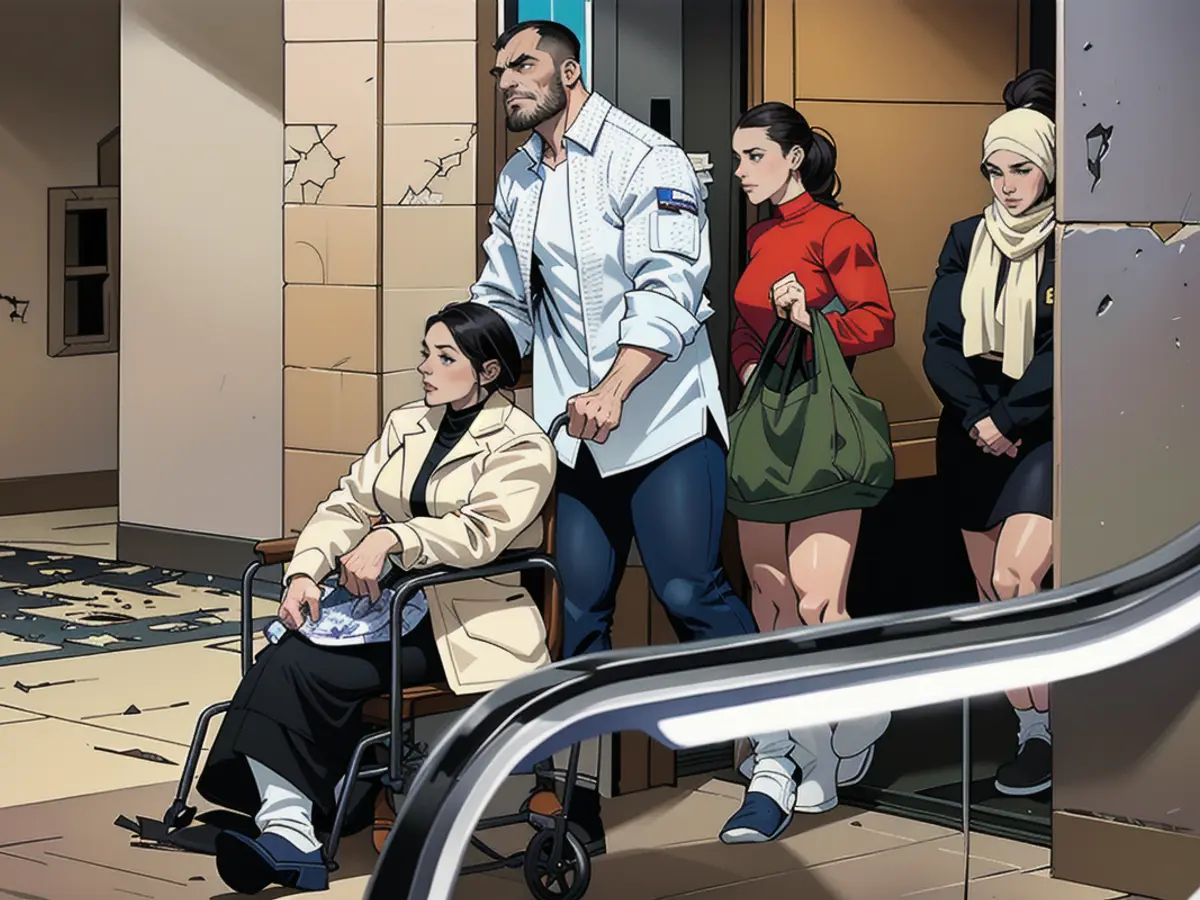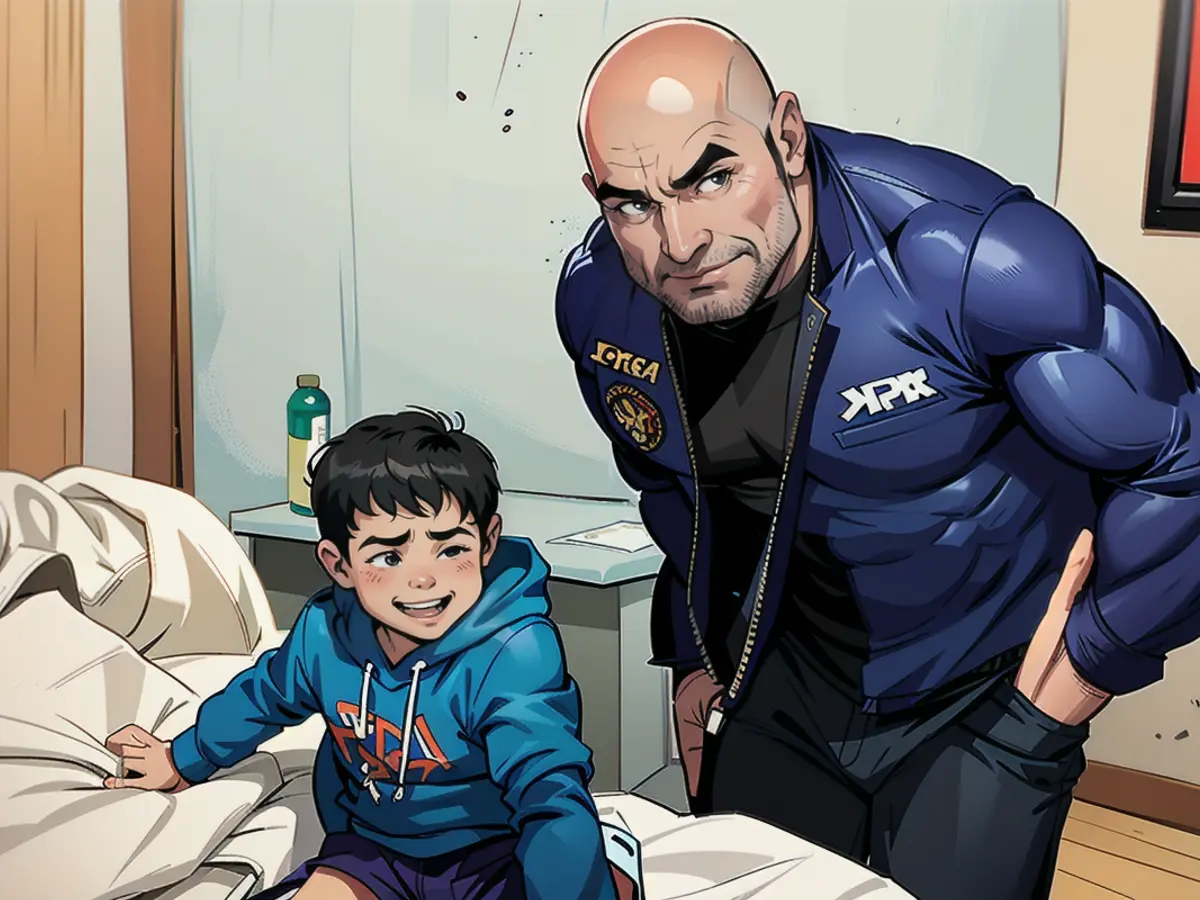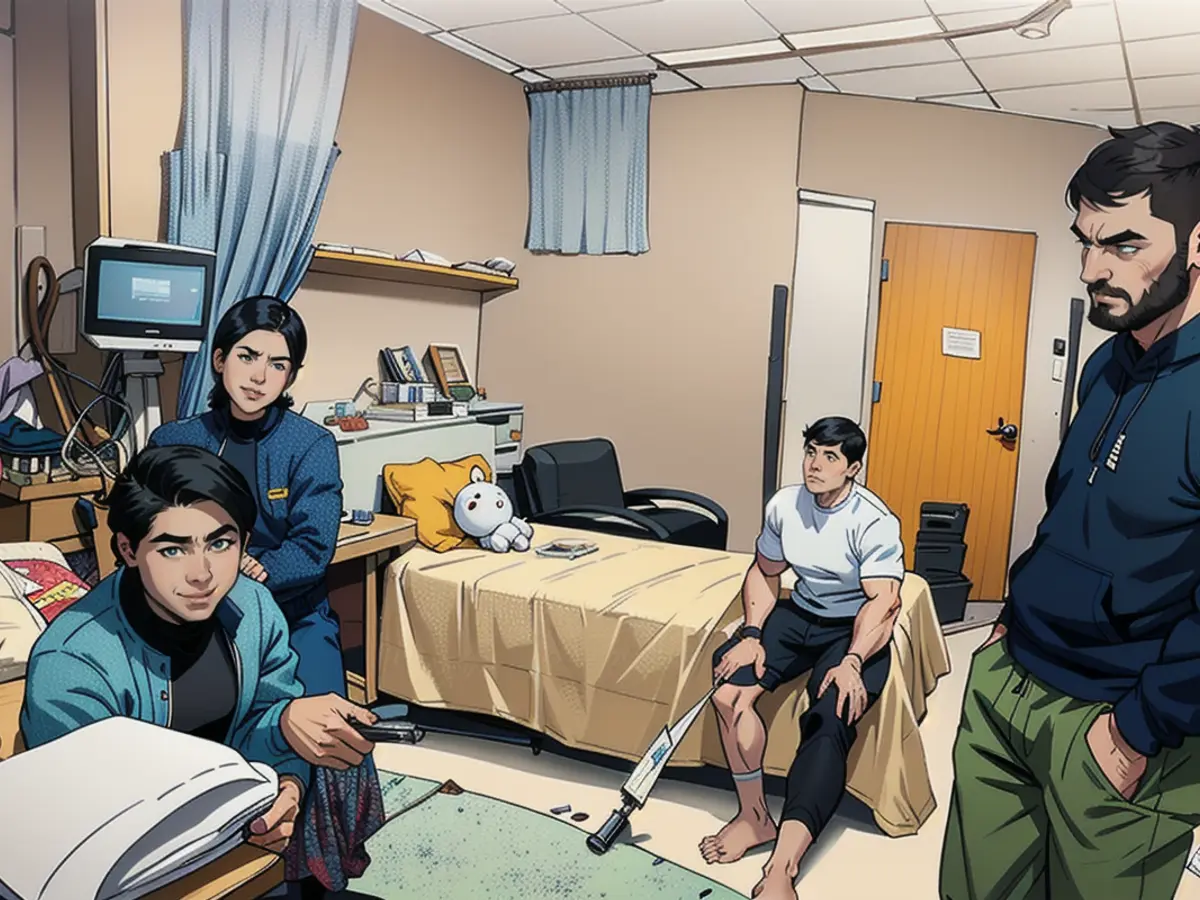Amputated and injured Gazan youths receive assistance in the US, though their futures remain uncertain.
Eighteen-year-old Bseso, previously alive, narrated her tale from a hospital in Greenville, South Carolina. Last year, on December 19th, she went to her Gaza rooftop to fetch cellphone signals when an Israeli tank outside targeted her building, causing damage to her home's wall. The wall fell on her leg along with other heavy debris. With her neighborhood under attack, her uncle, a former orthopedic surgeon, resorted to using kitchen tools to amputate her leg just below the knee, wrapping it with unsterilized gauze.
For the following four days, Bseso was trapped in her house. Being denied medical assistance, she experienced agonizing pain without any potent medication to ease or alleviate it.
This horrific account became viral, and it caught the attention of the Palestine Children's Relief Fund (PCRF), an American nonprofit providing free health care for thousands of injured and ill Palestinian kids in the Middle East. The organization spent weeks arranging her transfer from northern Gaza to the United States for necessary medical treatment.
Bseso is one of the three Palestinian individuals who received PCRF's assistance to arrive in the US for leg injury treatment.
Over 1,000 kids in Gaza have lost one or both legs, as reported by UNICEF in December. However, Joe English, UNICEF's speakerperson, stated that the tally had significantly increased.
Save the Children, a non-governmental organization abroad, estimated that 26,000 children (representing 2% of Gaza's child populace) were either killed or injured during the first half of the Israel-Hamas conflict. From October 7, 2023 (the date of the Hamas attack on Israel) till early April, at least 13,800 children perished, and around 12,009 were injured, they reported.
Prolonging limb severance
On December 26, toddler Jood Damo lost his mother when a tank shell hit his house. With a shattered right leg, his father Ahmed Damo brought him to the US.
Jood's father recounted that his son still experienced distressing episodes, asking about his late mother. "He still screams and wakes up in the middle of the night, asking about his mom," Ahmed Damo confided in CNN.
Pending examination at a Chicago hospital, medics assessed whether Jood's damaged leg would mend alongside his functional left leg. In case it didn't, it could delay his healing journey and therapy.
Ayham Musalm's thirteen-year-old left leg sustained a fracture and an embedded shrapnel piece within his knee due to a strike resulting from a neighbors' house explosion on December 10. Despite months of undiagnosed harm, his ailment wasn't identified. "No physician was able to see me for a long time," he revealed to CNN. "After he sewed up my wound, he said it wasn't serious and let me go home."
Undergoing treatment at the Shriners Children's hospital in Greenville gave Musalm opportunities for imaging and MRI procedures. Upon discovering the shrapnel in his knee, American physicians carried out surgery for follow-up procedures, consequently averting amputation. He's now undergoing physical therapy.

The PCRF necessitated weeks to extract kids from Gaza. Obtaining their US visas took time, and even moving them within the strip required Israeli endorsement, often a complex ordeal, as Tareq Hailat, PCRF's international pediatric healthcare coordinator, shared.
This prolonged lag in treatment for such injuries can result in severe repercussions. Dr. Amber Alayyan, a Doctors Without Borders representative, confirmed that delayed care could worsen the situation: "The longer they wait without care, the worse it's going to be for them."
Alayyan has visited Gaza multiple times, emphasizing how the health system had deteriorated prior to the conflict. "We've encountered individuals with burns, without jaws due to the destruction of the health care system. There were approximately 3,500 beds in Gaza's hospitals before the war. However, the presence of numerous displaced individuals, clamoring for shelter, meant that patients had no room."
These bleak conditions rendered medical professionals unable to determine infections or the nature of injuries, and their primary focus was on preserving lives instead.
"In some cases, you wouldn't even have to perform life-saving amputations because you would have had a functioning system available," explained Hailat. "You'd have undergone reconstructive surgery or immediate lifesaving surgery, which could have saved those limbs." Unfortunately, in the current situation, our focus is on saving lives in the moment.
Hailat isn't sure whether Bseso's injury required amputation or not. However, due to the ongoing siege and the unavailability of hospital care and sterile equipment in Gaza, amputation was the only option. When Bseso arrived in the US, doctors feared she might require both her legs to be amputated, but with proper treatment and care, she managed to avoid that.
Some injuries are so severe that Hailat believes finding medical assistance as quickly as possible is more crucial than seeking advanced care in the US, even if it means remaining in the region. Additionally, Hailat expressed his desire to prioritize these children's treatment and recovery in locations close to Gaza. "We aim to limit the number of people we bring to the US," he said. "We'd much rather bring patients to nearby regions or countries close to Gaza."
When it comes to culture and recovery, Hailat emphasizes the importance of keeping them close to their family and homeland, especially during such traumatic and sensitive times.
Bseso awaits an anxious news update about her mother's health in her native northern Gaza. Malnourishment has become quite prevalent there. She yearns to be with her family again, as she's concerned that they'll be trying to find a cell signal to contact her, recalling the same situation that led to her being targeted by Israeli attacks.
Bseso and Musalm both look forward to completing their treatments and returning to their families in a safe environment. However, it's unclear when they might be able to go back home. After their treatments, which are estimated to take about a year, Hailat will ensure it's safe for them to return to Gaza, and won't send them back if it may put them in danger. "We won't do that," he said. "We'll have to wait until Gaza is once again a safe place for them to return to."

Read also:
- This will change in December
- Dikes withstand water masses so far - Scholz holds out the prospect of help
- Fireworks and parties ring in 2024 - turn of the year overshadowed by conflicts
- Attacks on ships in the Red Sea: shipping companies avoid important trade route
The Palestine Children's Relief Fund (PCRF) provides free healthcare to injured and ill Palestinian children not just in the Middle East, but also brings some of them to the United States for necessary medical treatment.
Bseso's case is one example of the Middle East children seeking help outside their region, as she was flown to the United States for leg injury treatment following a home amputation due to the lack of immediate medical assistance in Gaza.
Source: edition.cnn.com







